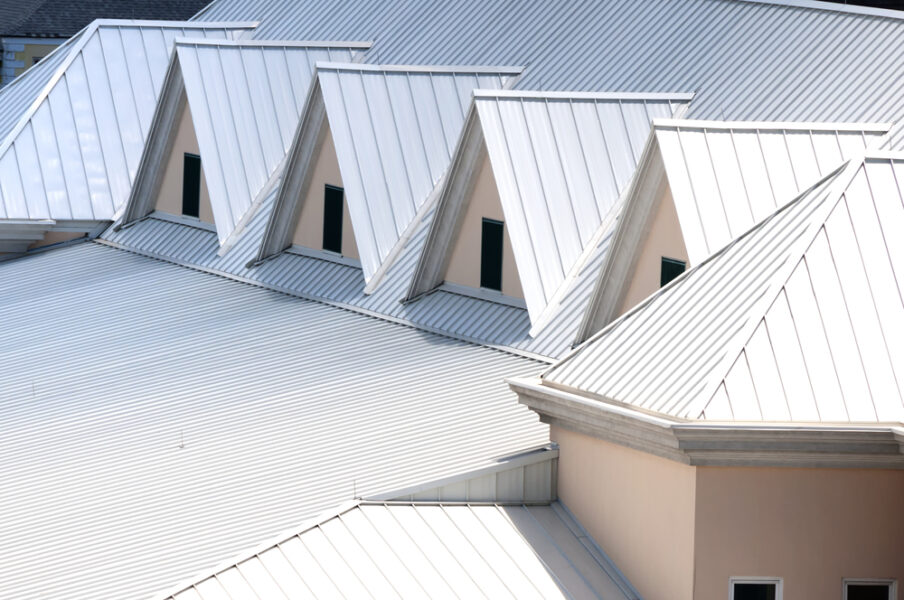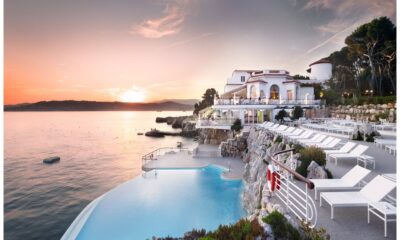Cool Roofing Options – 2024 Guide
Sustainability is an essential component for any industry these days, and this is especially true within the roofing industry. Cool roofing is one solution that is designed to reflect sunlight away from the building so the roof absorbs less heat. Almost every type of roof can benefit from having a cool roof.
Typical dark-colored roofing can reach temperatures as high as 150 degrees F in summer months. A cool roof in the same conditions may only reach 50 degrees at most. This prolongs the life of the roof and keeps the building cooler, which saves you energy and money.
Benefits of a Cool Roof
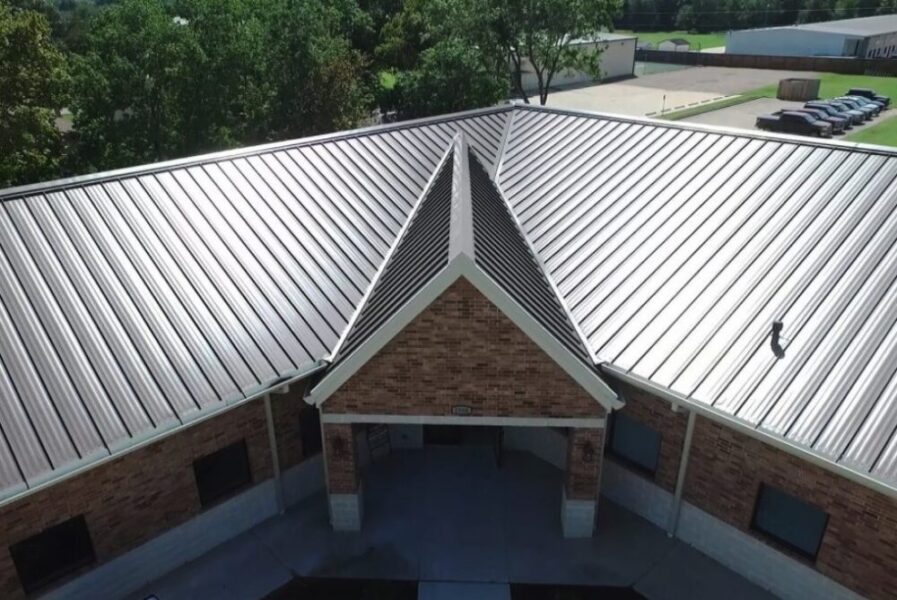
Source: blog.mbci.com
Cool roofing can be made from reflective tiles, reflective paint, or a sheet covering. They are a lighter color to reflect away the sun’s UV rays and heat. A cool roof can benefit a building, occupants, and the community by:
- Lowering energy use and utility bills as less air-conditioning is needed
- Improving comfort levels indoors for occupants
- Reducing the temperature of the roof prolong its lifespan.
- Reducing air temperatures locally (urban heat island effect)
- Lowering peak electricity demand on the grid to reduce the risk of outages
- Reducing emissions by lowering cooling energy used by the building
Making Your Roof a Cool Roof

Source: metalmastershop.com
There are numerous types of roofing surfaces but it is possible to make any roof, new or existing, into a cool roof. You just need to select the right option for your project. Cool roof coatings are special coatings applied to existing roofing that contains reflective pigments (or is entirely white). These thick paints cover a roof surface and protect it from UV rays while also offering water protection and restoring the life of an existing roof. You can find cool roof coatings for most types of roof.
Low-sloped roofing typically consists of either single-ply membranes, built-up roofing, modified bitumen, spray foam, or metal. It is possible to make each of these ‘cool’. Single-ply membranes are prefabricated sheets that are rolled onto roofing, attached with fasteners or adhered with adhesives. These can be either reformulated or coated to make them more reflective. Built-up roofs are made of a base sheet, fabric reinforcement layers, and typically have a dark surface layer.
You can use reflective granules, reflective marble chips, or apply a cool coating to the top surface layer to create a cool roof. Modified bitumen membranes consist of multiple layers of rubber or plastic and fabrics for reinforcement. The surface is either smooth or has granules. To make this into a cool roof, precoat the membrane with a cool roof coating before application. Spray foam roofs are made from liquid chemical mixtures that react to form a solid sheet that will adhere to the roof.
These foams are highly susceptible to UV damage and mixture, so they need a protective coating, which can be a reflective cool roof coating. Metal roofing can be purchased with metallic, oven-baked paint, or granular finishes. Materials that are not painted are good reflectors but ineffective thermal emitters, so they rarely satisfy low slope cool roof requirements. By painting a metal roof, you can improve this to make it a cool roof. You can also apply a reflective coating.
Green Roofs
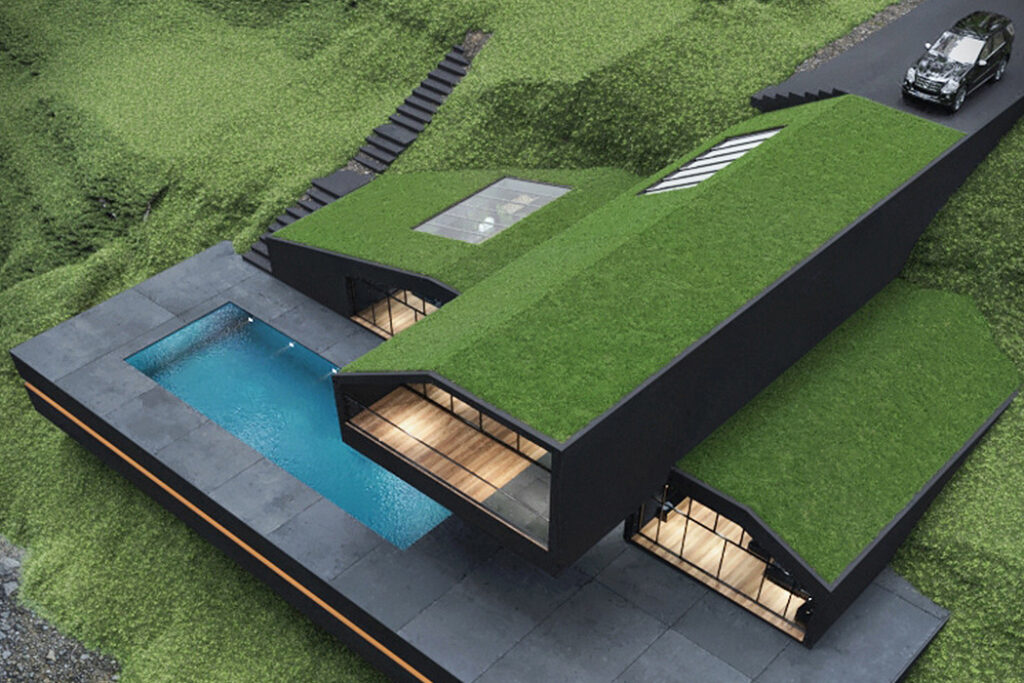
Source: yankodesign.com
Installing a green roof is another way to support sustainability. These are becoming increasingly popular for buildings with flat roofing as they improve energy use, manage water pooling, and provide a relaxing space. Green roofing provides insulation which reduces heating and cooling costs as well as the urban heat island effect.
Deciding Whether to Install a Cool Roof
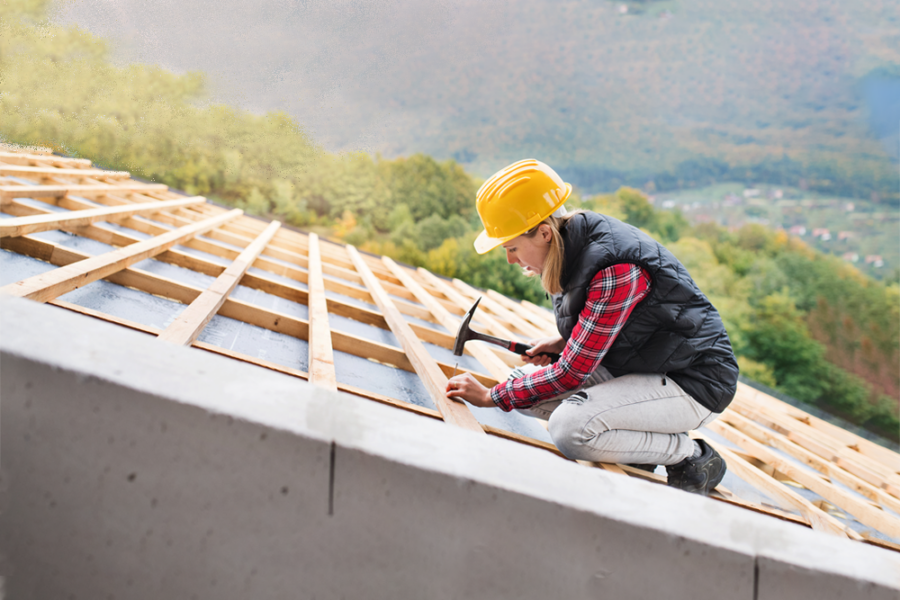
Source: renewfinancial.com
The most important consideration when deciding on a cool roof is whether the cost justifies the total energy savings. You need to evaluate how much energy you will save, and this depends on several factors:
- The local climate and environment (cool roofing provides the greatest savings in hotter climates)
- Type of roof you have and the current condition
- Effectiveness of current insulation
- Efficiency of your heating and cooling system
For new buildings and roofing, you need to make these decisions in the planning phase so you can install a cool roof upfront, rather than trying to convert the roof later on. For converting an existing roof, you need to consider these options:
- Retrofit the roof with specialized heat-reflective material
- Re-cover the roof with a new waterproofing surface
- Replacement with a cool roof
For all your options on cool roofing, you should call an experienced roofing company. We’ve got you covered!

